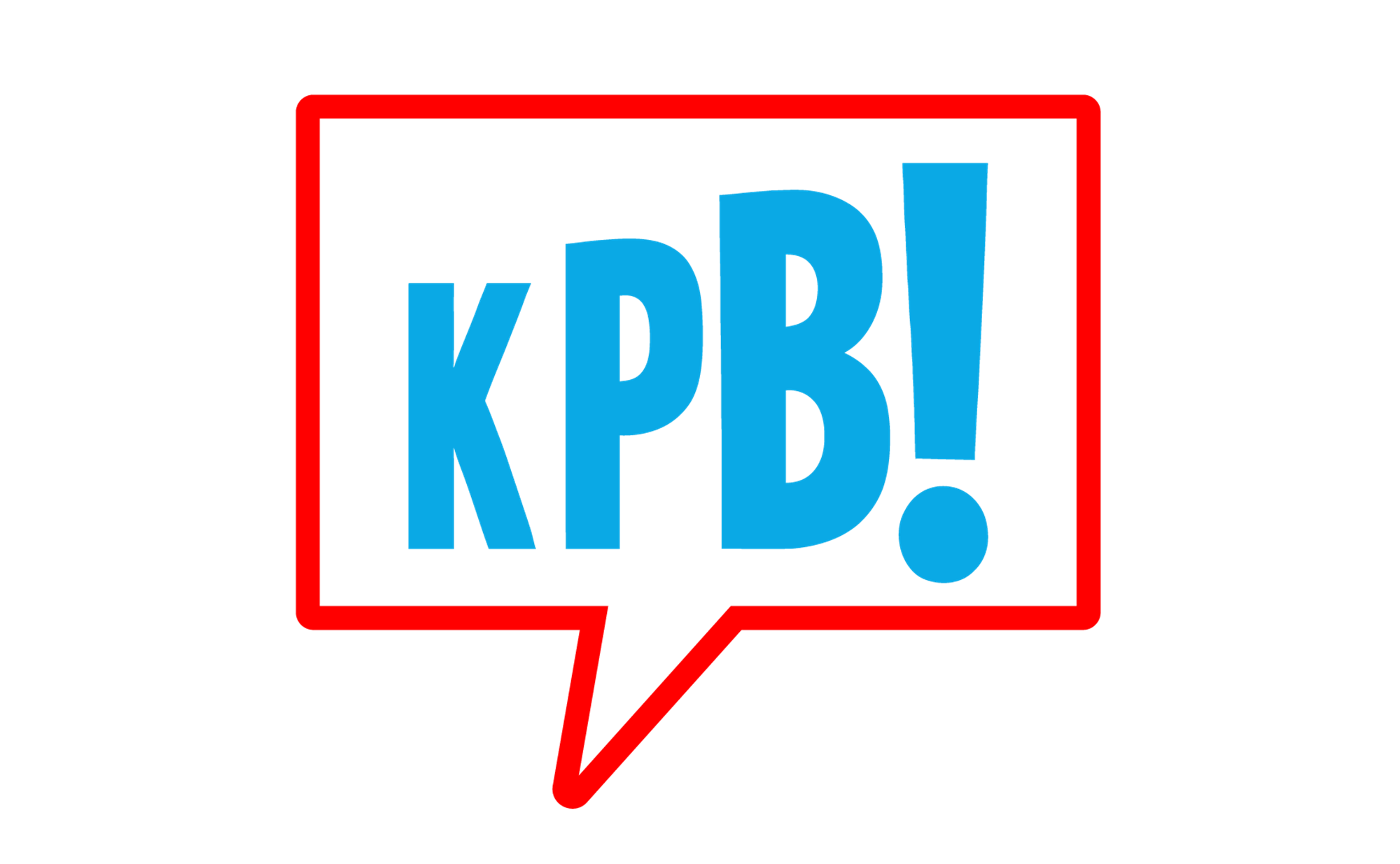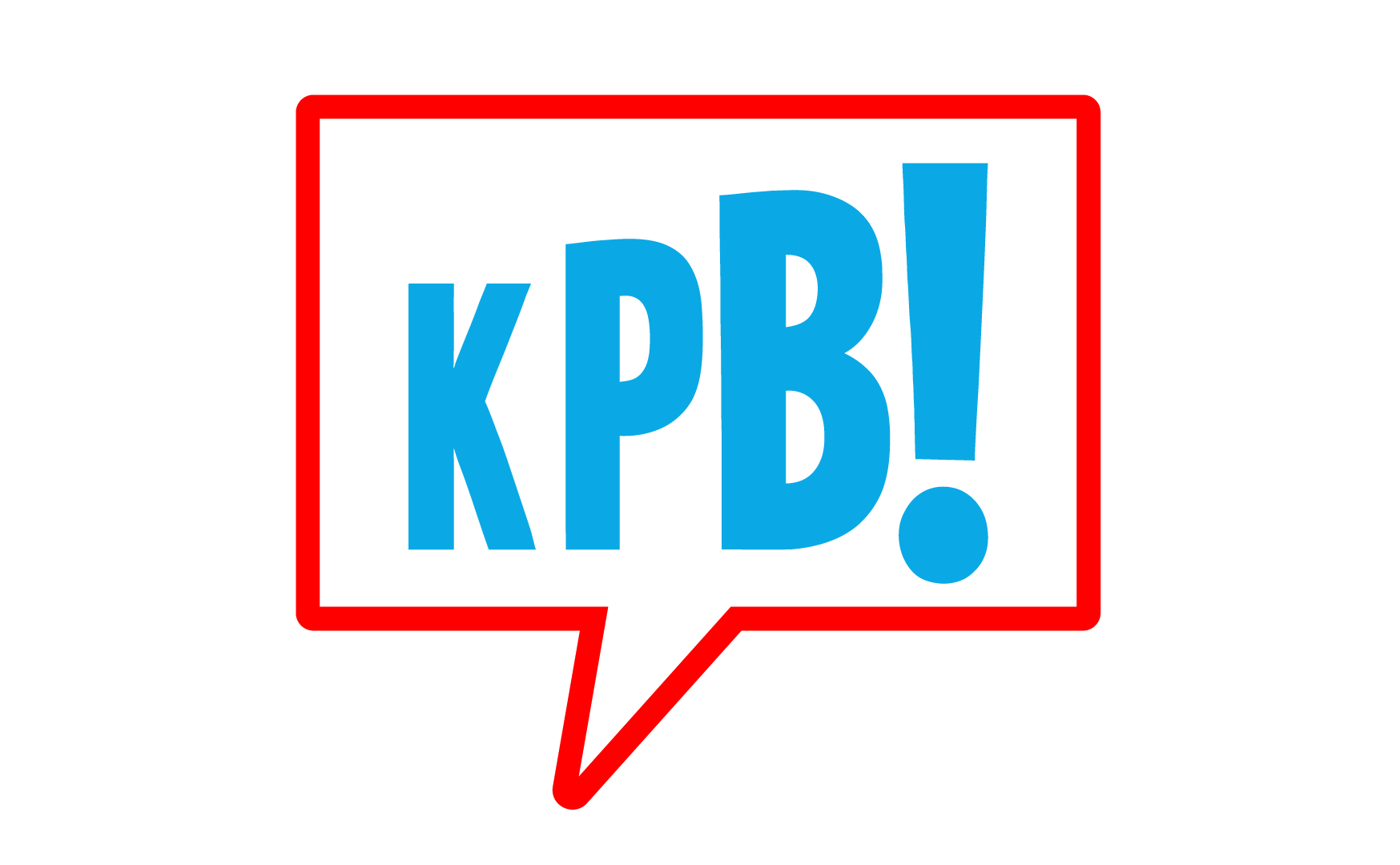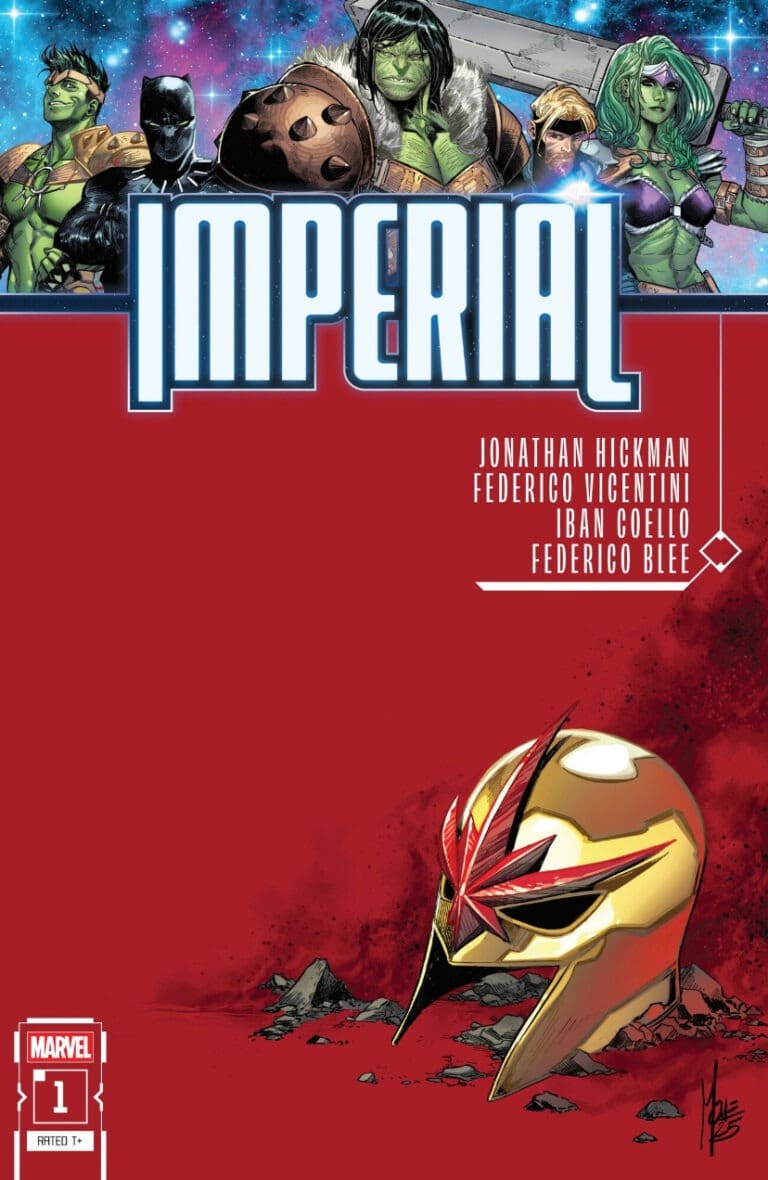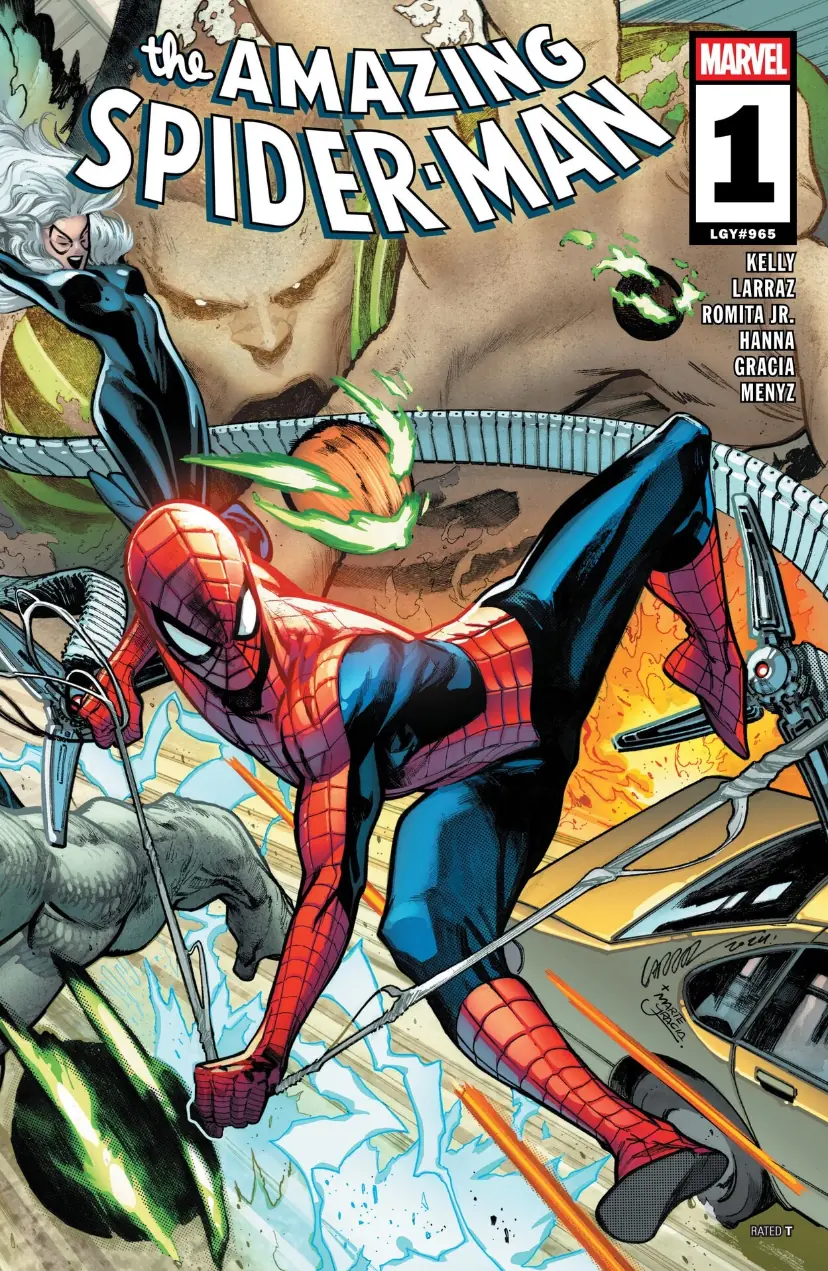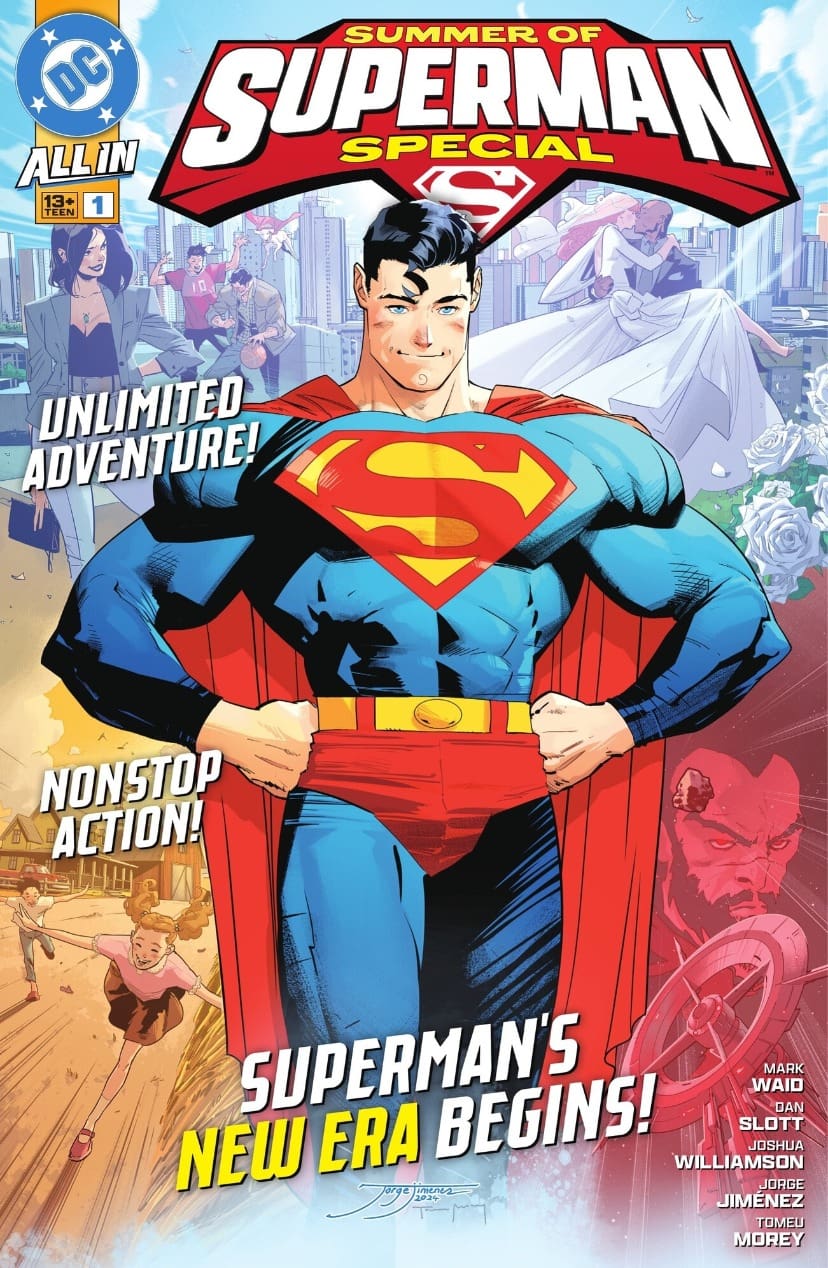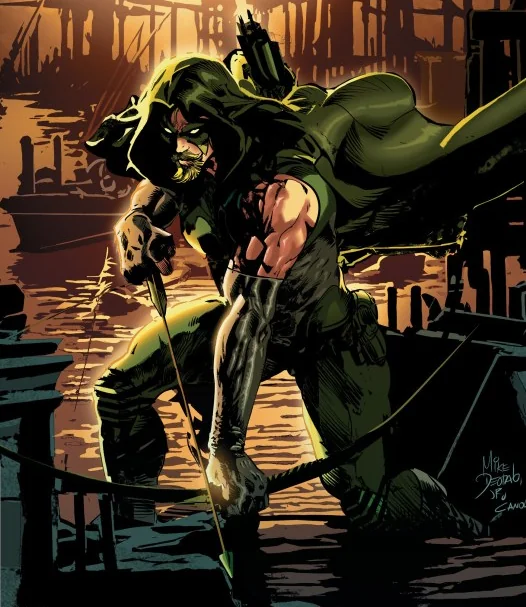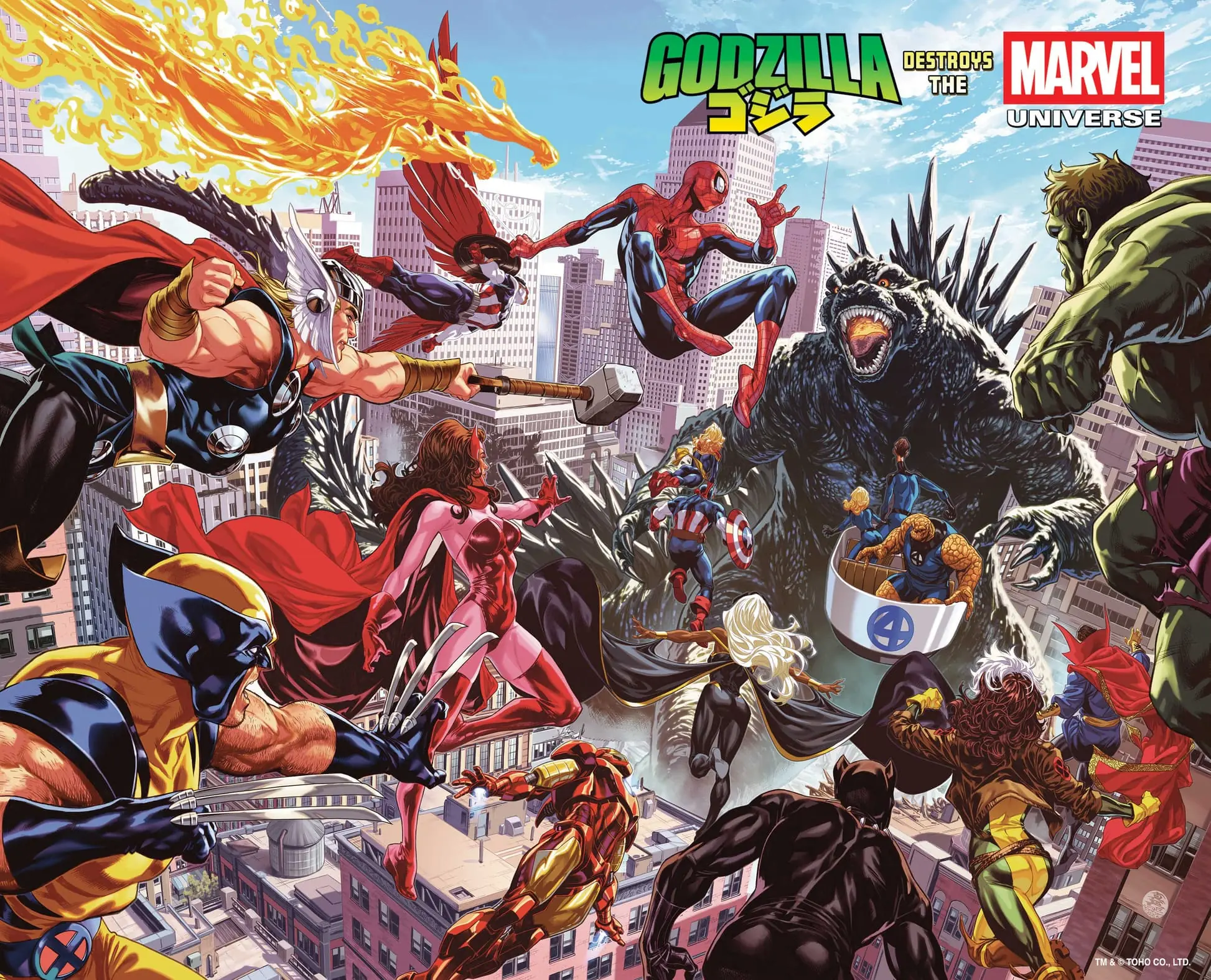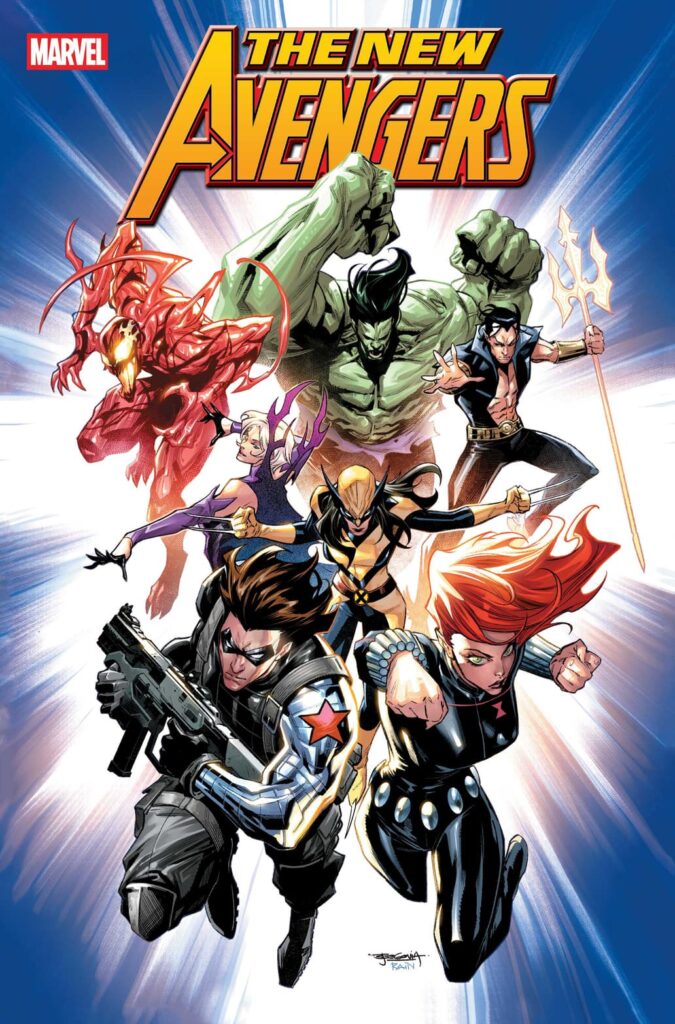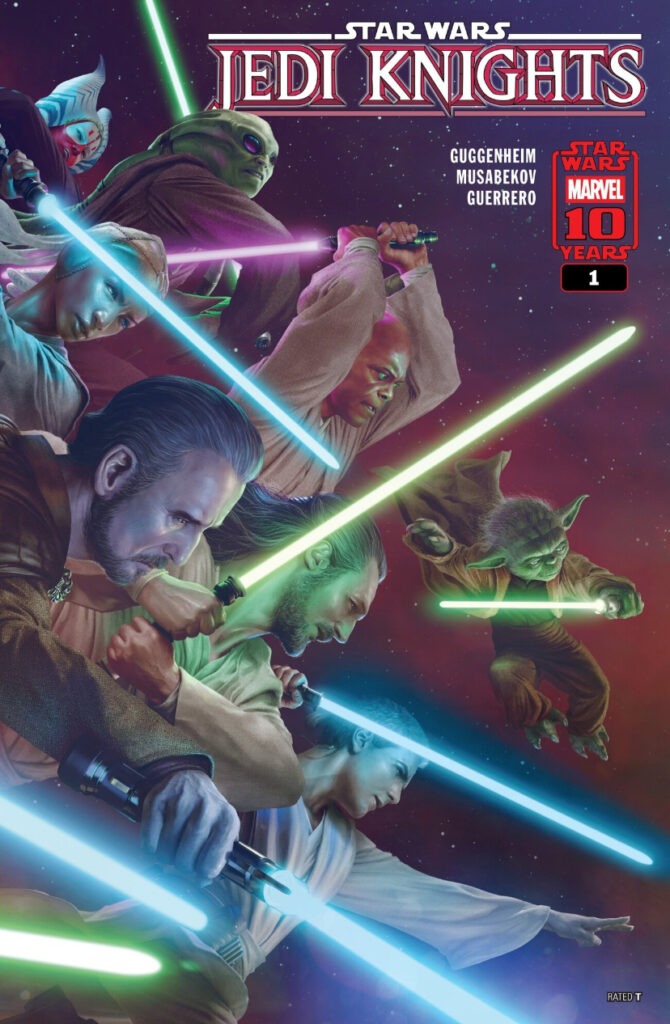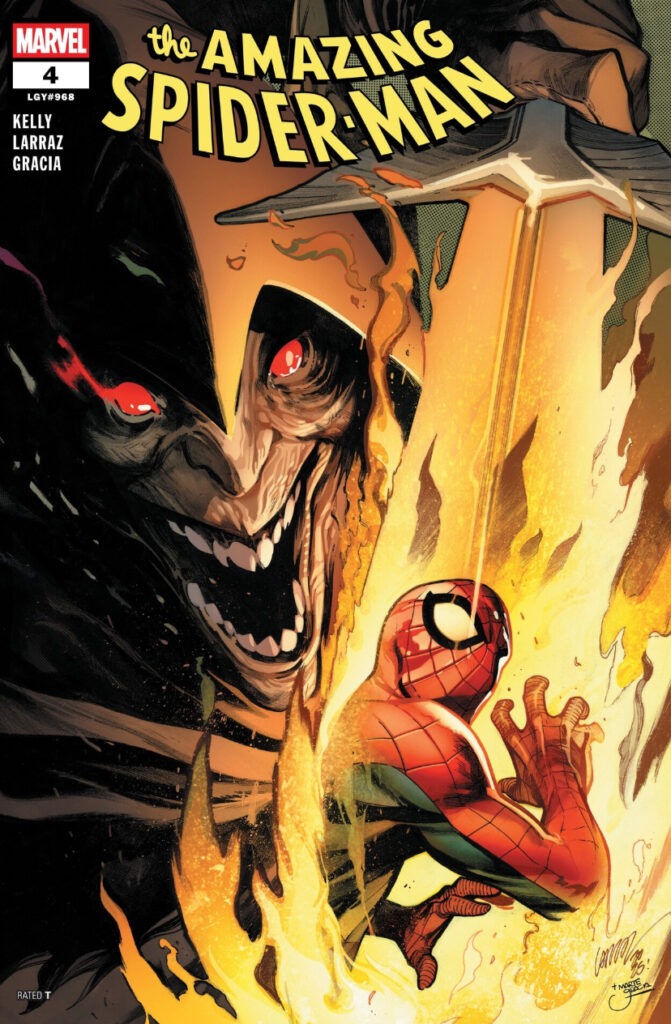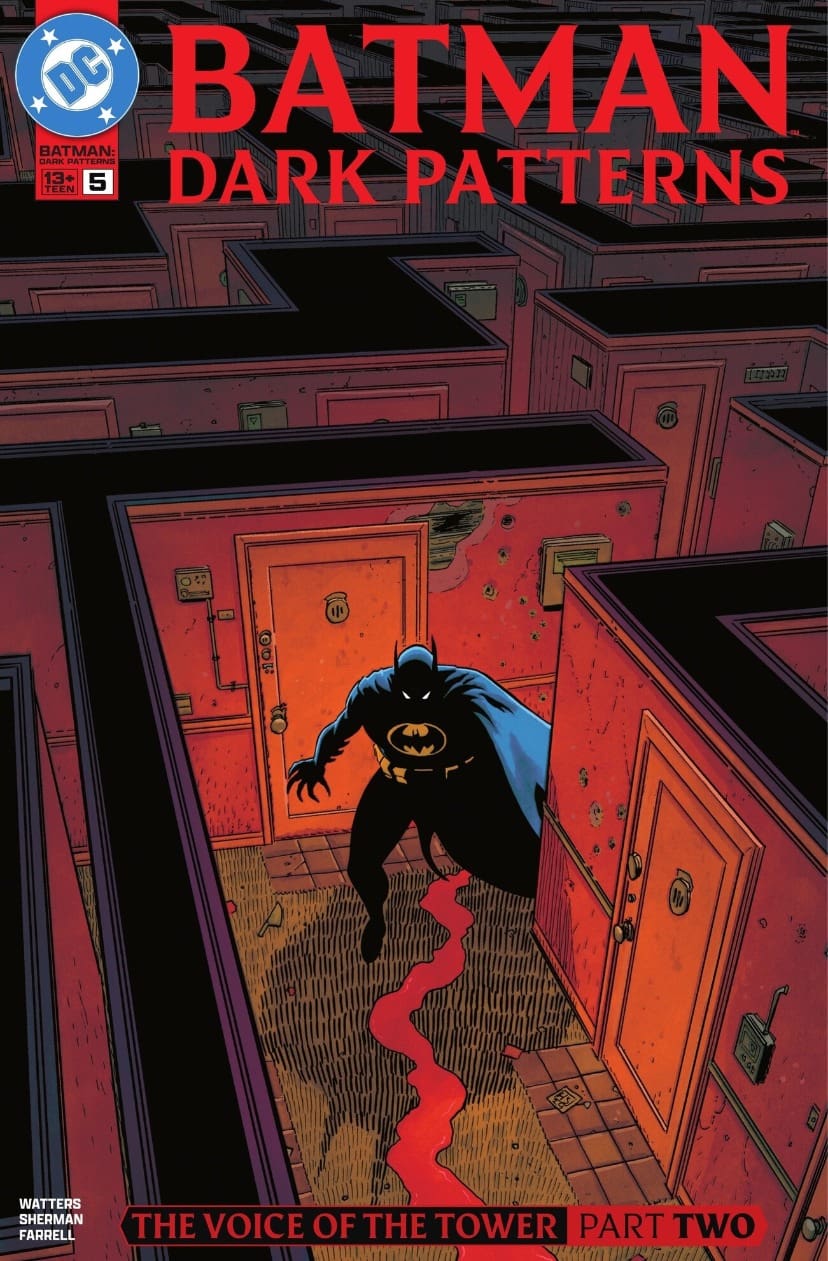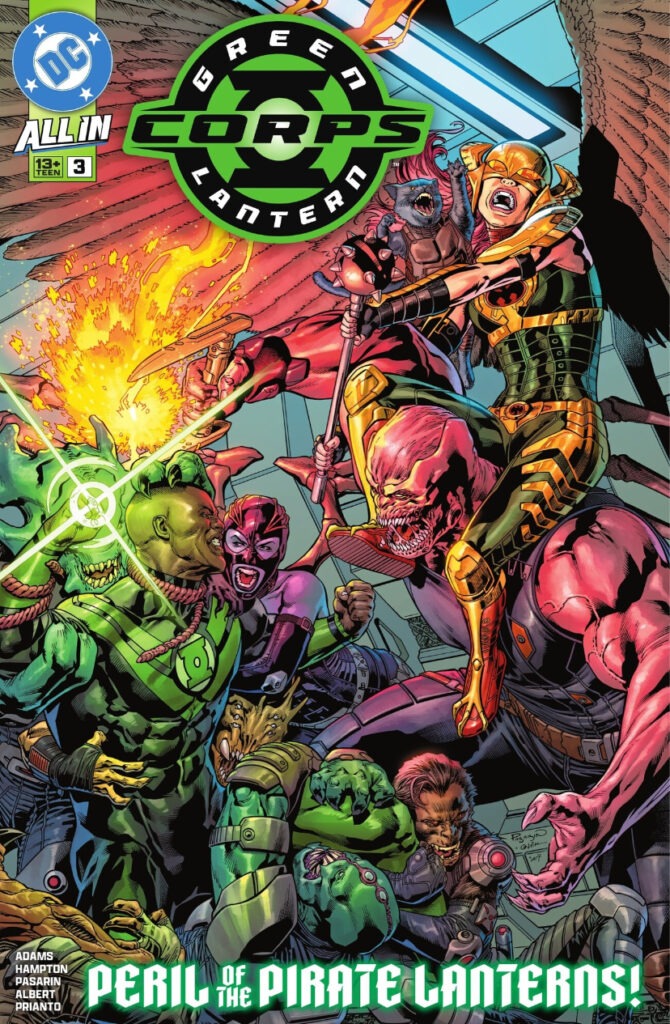Imperial #1 arrives with high expectations, pairing Jonathan Hickman’s renowned knack for intricate, high-concept sci-fi with Federico Vicentini’s dynamic and energetic artwork. This inaugural issue largely lives up to the hype, delivering a compelling start to what promises to be a grand saga, even if it occasionally treads familiar ground.
The story kicks off with a somber tone as Bruce Banner, Jennifer Walters, and Amadeus Cho journey to Sakaar En Nevo, driven by the murder of Bruce’s son. Vicentini’s art immediately shines here; the depiction of Hulk, She-Hulk, and Brawn is strikingly crisp and visually stunning. Upon landing, the action escalates quickly with a brutal fight, marking the powerful return of “Worldbreaker Hulk.” We learn that Hulk’s son was poisoned, and numerous leaders across various planets have met similar fates. Hulk, driven by vengeance, instructs She-Hulk to wait five days while he investigates the poisoning, a promise the narration cheekily hints he won’t keep.
The story then shifts to Peter Quill and his father, Emperor J’son, who are grappling with the near-fatal poisoning of Empress Victoria. Their need for an investigator brings in Richard Rider, Nova. While the world-building in this section is strong, the reluctant hero trope with Nova felt a bit drawn out, making the pacing occasionally drag since his eventual agreement to join the investigation was never really in doubt.
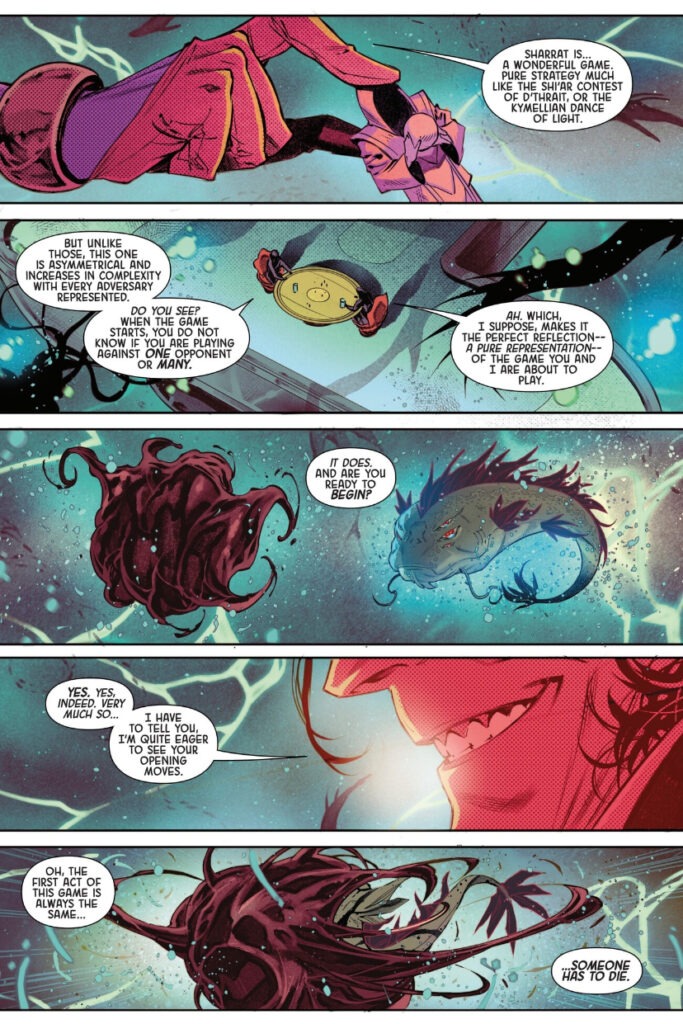
Credit: Marvel
Despite these minor pacing issues, Hickman’s Imperial #1 injects this classic conflict with his signature style, weaving in hints of ancient conflict, powerful factions, and a sprawling complex story. The issue lays groundwork, providing tantalizing clues about poison, the culprit, and the stakes. The dialogue is sharp, echoing Hickman’s characteristic depth.
Vicentini’s art is a true highlight. His kinetic, precise style perfectly complements the futuristic cosmic setting. Character designs are distinct and expressive, and the technology feels advanced and lived-in. He excels in action sequences and conveying scale, with grand, sweeping panels.
However, the “Hickman-esque” nature of Imperial #1 is a double-edged sword. While it introduces fresh settings and characters, readers familiar with his past works may recognize certain narrative beats and thematic elements, such as the emphasis on warring factions. This isn’t a criticism of quality, as the execution remains compelling, but it does temper the sense of genuine novelty.
Nonetheless, Imperial #1 is an undeniably strong and compelling debut. The deliberate pacing allows for immersion in this world while maintaining a constant hum of tension. The cliffhanger ending is well-executed, leaving a strong desire to see where Hickman and Vicentini take this sprawling saga.

Credit: Marvel
Imperial #1 successfully establishes a rich, complex story with a compelling central conflict. Jonathan Hickman’s masterful storytelling is evident on every page, beautifully complemented by Federico Vicentini’s striking artwork. While it may lean into familiar territory for long-time Hickman fans, the sheer craftsmanship and promise of epic scope make “Imperial” an easy recommendation for anyone seeking an intelligent new science fiction series. It’s a grand opening act, and one can only hope the subsequent movements live up to this ambitious overture.
‘Imperial’ #1 Is a Promising, If Familiar, Start to a Hickman-esque Saga
Imperial #1 successfully establishes a rich, complex story with a compelling central conflict. Jonathan Hickman’s masterful storytelling is evident on every page, beautifully complemented by Federico Vicentini’s striking artwork. While it may lean into familiar territory for long-time Hickman fans, the sheer craftsmanship and promise of epic scope make “Imperial” an easy recommendation for anyone seeking an intelligent new science fiction series. It’s a grand opening act, and one can only hope the subsequent movements live up to this ambitious overture.

